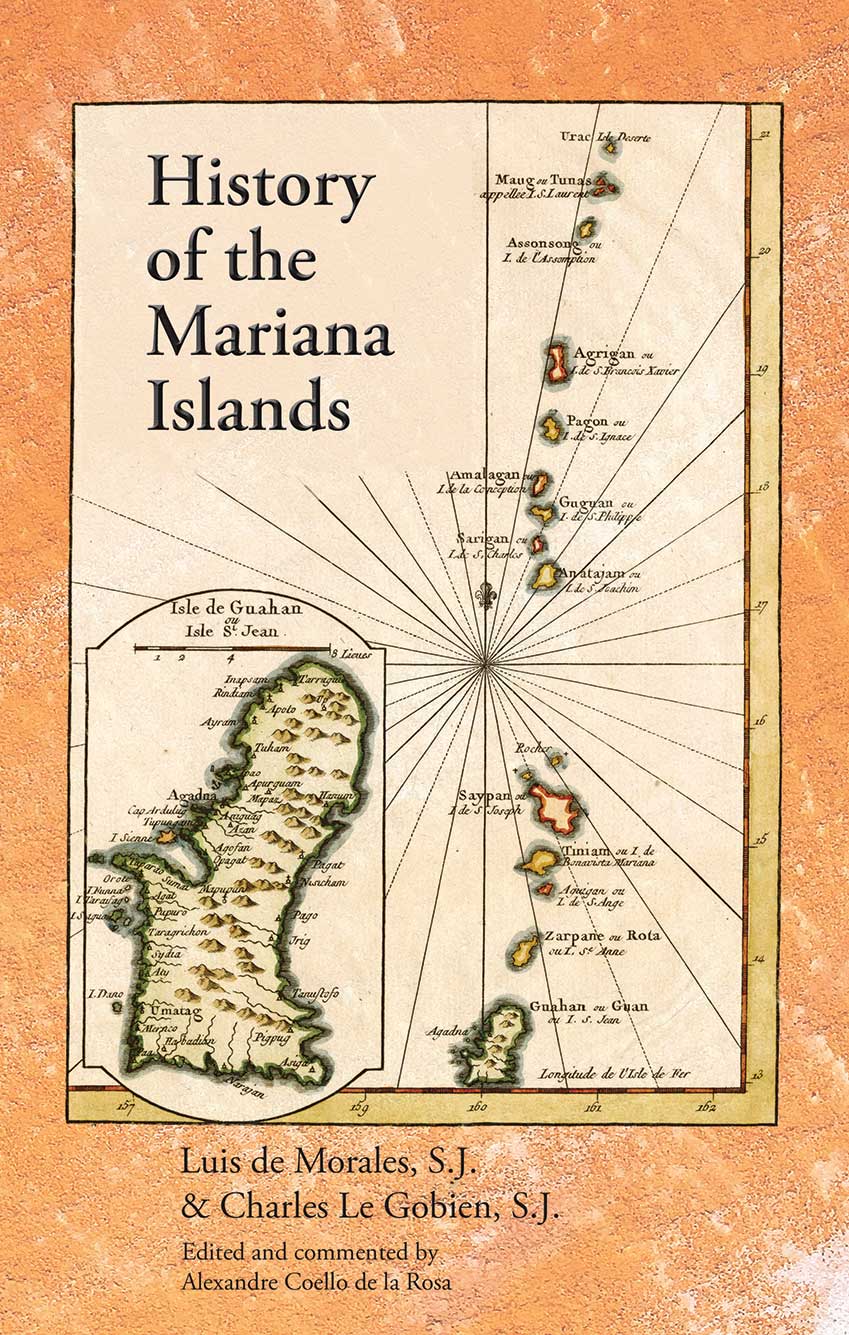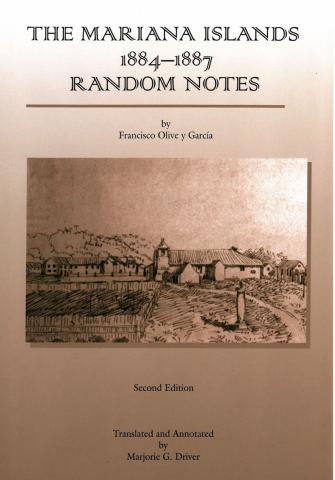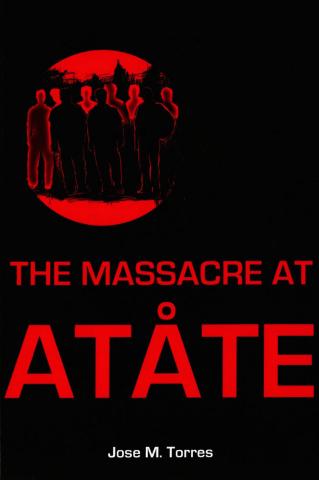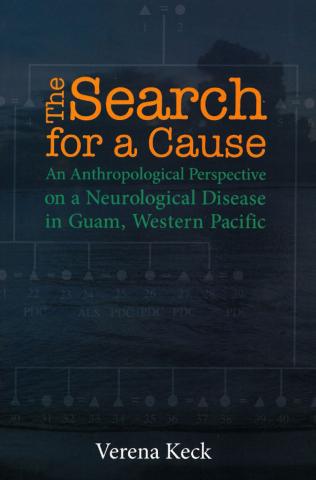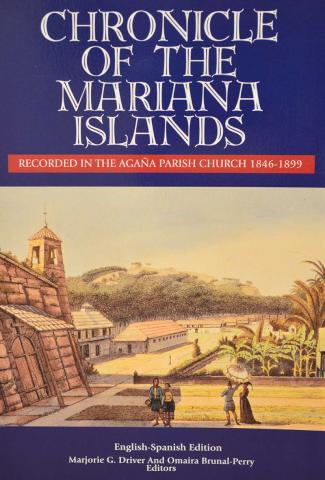- Home
-
Admissions
-
Academics
-
Students
-
Research
-
Research Centers
- Cancer Research Center
- Center for Excellence in Development Disabilities Education, Research & Service (CEDDERS)
- Center for Island Sustainability (CIS)
- Marine Laboratory
- Micronesian Area Research Center (MARC)
- Water and Environmental Research Institute (WERI)
- Western Pacific Tropical Research Center (WPTRC)
-
Research Centers
-
Outreach
- Giving
- Alumni
-
About
You are here

The Properties of Perpetual Light
Julian Aguon
Ralph Eurich Patacsil
The Properties of Perpetual Light is an homage to the work of the activist-writer, which author Julian Aguon describes as “the work of bearing witness, wrestling with the questions of one’s day, telling children the truth.” With prose and poetry both bracing and quiet, Aguon weaves together stories from his childhood in the villages of Guam with searing political commentary about everything from nuclear weapons to climate change. Throughout the book, Aguon grapples with one heart-breaking loss after another by immersing himself in the beauty of his island, the magic of Micronesia, and the wisdom of his favorite books and elders. Deploying the feminist insight that the personal is political, The Properties of Perpetual Light illuminates a path for others to confront injustice, to find their way, and to “write as if everything they love is on the line.”
Taimanu na Ini
Peter R. Onedera
This lyrical collection of CHamoru poetry features the reflections of Master Storyteller, author and poet Peter Onedera. Taimanu na Ini highlights the physical beauty of Guam, while tackling modern-day issues including the importance of preserving the CHamoru language and culture. Onedera’s heartfelt poetry presents history through his eyes, expresses his appreciation for Guam’s historical symbols, tackles political debates, and portrays the island lifestyle. Onedera has actively been involved in preserving the indigenous language and culture of the Marianas Islands as a storyteller, playwright, educator, author, and poet. He received the Master Storyteller Award presented by the Guam Council on the Arts and Humanities Agency in 2015. He is also a member of the CHamoru Language Commission.
University of Guam: Ina, Deskubre, Setbe
University of Guam
University of Guam: Ina, Deskubre, Setbe celebrates the dynamic role the University of Guam plays in Guam and Micronesia. The hardcover book offers a pictorial glimpse of the ways that UOG lives its mission statement of ina, deskubre, setbe--to enlighten, discover, and serve. This publication chronicles the university's role in the local community and gives readers a comprehensive view of the unique education provided by UOG that is offered nowhere else in the world. Readers can learn about the university's programs and offerings, as well as gain a greater understanding of how UOG is dedicated to the betterment of both Guam and the Micronesian region through service and scholarship.
Lina'la': Portraits of Life at Litekyan
Richard Flores Taitano Micronesian Area Research Center
Litekyan (Ritidian) in northern Guam is one of the only places on the island where every period of human life can still be traced. Lina'la: Portraits of Life at Litkeyan features an incredible collection of photos capturing the people, plants, wild and sea life, landscapes, water resources, artifacts, and legacies of Litekyan, spanning 3,500 years of life. This unique and powerful publication not only provides valuable information about such a significant historic and cultural site, but also about the history of the CHamoru people.
History of the Mariana Islands
Luis de Morales, S.J. & Charles Le Gobien, S.J. Edited and commented by: Alexandre Coello de la Rosa
Histoire des isles Marianes (History of the Mariana Islands), written in Paris in 1700, provides a detailed glimpse into a tumultuous and critically significant period in the history of the Mariana Islands and the Chamorro people – the period commonly referred to as the Spanish-Chamorro Wars.
I Atfabeton Chamorro: The ABCs of Chamorro
Cyrus Segawa Konstantinakos and Chamorro Studies Students from the University of Guam
The Mariana Islands, 1884-1887: Random Notes (Second Edition)
Francisco Olive y Garcia, Translated and Annotated by: Marjorie G. Driver
This report written by Governor Francisco Olive contains his insights about the social, political, and economic conditions of the Marianas. He focuses on the underdevelopment of the islands and draws the Spanish Government to look back at the colony’s history, specifically the second half of the 19th century. The report reflects the colonial mentality of Olive, who stresses the responsibility of the Spanish Government to the inhabitants of the Marianas, leaving unchallenged the right of Spain to maintain its sovereignty over the islands.
The Massacre at Atåte
Jose M. Torres
This book tells the story of the courageous people of Malesso', an idyllic village in southern Guam. During the Japanese occupation, after scores of their people were killed, a group of men rose up in a little-known place called Atåte, where they fought and massacred the Japanese to protect their families and, in doing so, liberated themselves.
The Search for a Cause: An Anthropological Perspective on a Neurological Disease in Guam, Western Pacific
Verena Keck
In this anthropological study of a neurodegenerative disease, Amyotrophic Lateral Sclerosis/Parkinsonism-Dementia Complex (ALS/PDC) in Guam, Western Pacific, Verena Keck intertwines three separate perspectives of history, medicine, and anthropology.
Chronicle of the Mariana Islands Recorded in the Agaña Parish Church 1846-1899
Father Aniceto Ibanez del Carmen, O.A.R. & Father Francisco Resano del Corazón de Jesús, O.A.R. o Translated, Annotated, and Edited by: Marjorie G. Driver & Omaira Brunal-Perry
Over time, the CHamoru people of the Mariana Islands have been subjected to the ravishes of natural disasters, pestilence, war, and myriads of disquieting circumstances. After the arrival of the Spanish missionaries in the islands, such events were recorded, first by the Jesuits (1668-1769), and later by their successors, the Augustinian Recollects (1789-1908). The many Jesuit records have long been available; those of the Augustinians have been conspicuous by their absence. In 1969, an abridged version of a long sought after nineteenth century register, or chronicle, known to have been kept in the Hagåtña parish church was presented to the Micronesian Area Research Center, thereby confirming the survival of at least portions of the parish's Libro de cosas notables (The Book of Notable Things). For today’s readers, the Chronicle of the Mariana Islands is a treasure-trove of Chamorro nineteenth century memorabilia.
Pages
- 1
- 2
